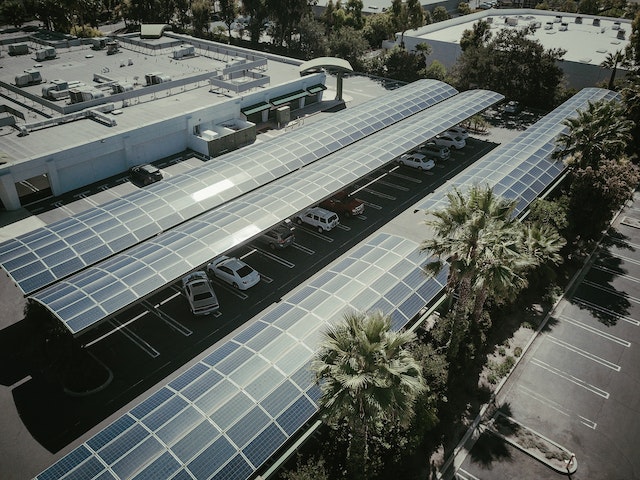What are the factors affecting solar power costs on Maui?
As an island with year-round sunshine, solar energy has gained popularity as a promising renewable energy source on Maui. Although solar energy has many key benefits for the environment, Maui’s solar power system installation costs have raised questions. So, what are the key factors affecting solar power costs on Maui? Let’s find out.
Factors Affecting Solar Power Costs on Maui
The following are key factors affecting solar power costs on Maui:
Installation Costs
The initial cost of installing solar power systems on Maui is higher compared to mainland locations due to several factors. The remote location of the island makes transportation of equipment and materials more expensive. Also, the installation process may require specialized labor, which can further increase the overall costs.

Permitting and Inspection Costs
Obtaining permits and passing inspections can be a lengthy and costly process. Maui’s unique environmental conditions, such as high winds and volcanic activity, require extra precautions and thorough inspections, which can drive up the costs associated with solar power installations. Learn more about residential solar panel costs on Maui.
Limited Grid Infrastructure
Large-scale solar power systems are not compatible with Maui’s grid architecture. In many cases, costly improvements are required to connect solar panels to the grid. Also, consumers on the island have to pay a higher price for solar energy as a result of these costs.
Intermittent Energy Generation
Solar energy has many benefits. This includes being clean and sustainable, its intermittent nature can be problematic for a steady supply of electricity. Energy storage equipment, such as batteries, must be added to make up for times of low sunlight. These storage systems add to the upfront costs of solar power installations.
Solar Power Costs On Maui: Incentives
The following are incentives to reduce solar power costs on Maui:
Government Incentives
Financial incentives are available across the state of Hawaii, especially on Maui, to encourage the use of solar power. Solar credits, government grants, and zero-interest loans are all part of available incentives. Residents and companies can save a lot of money on solar panel installations by taking advantage of these programs. Hawaii solar tax incentives, Maui solar incentives and PV loans, and federal solar tax credits.
Streamlined Permitting Processes
Simplifying and expediting the permitting and inspection processes can help reduce the associated costs. By implementing online application systems and providing clear guidelines, Maui’s local authorities can facilitate the adoption of solar energy and make it more financially viable for residents.
Community Solar Initiatives
Community solar programs allow multiple participants to share the benefits of a single solar installation. These initiatives can help overcome the challenges of limited rooftop space or installation costs for individual households. By pooling resources and collectively investing in solar power systems, participants can enjoy the advantages of clean energy at a reduced cost.
Grid Modernization
Investing in grid modernization and expansion can lower the costs of connecting solar installations to the grid. By upgrading the infrastructure to accommodate a higher capacity of renewable energy, Maui can reduce the expenses associated with integrating solar power into the existing grid system.
Key Factors Affecting Solar Power Costs On Maui
While solar power holds great potential for meeting Maui’s energy needs sustainably, the current high costs associated with installations have hindered its widespread adoption. However, with the right combination of government incentives, streamlined processes, community initiatives, and grid modernization efforts, the cost of solar power on Maui can be significantly reduced. By embracing these solutions, Maui can move closer to achieving its clean energy goals and become a shining example of sustainability in the Pacific.


